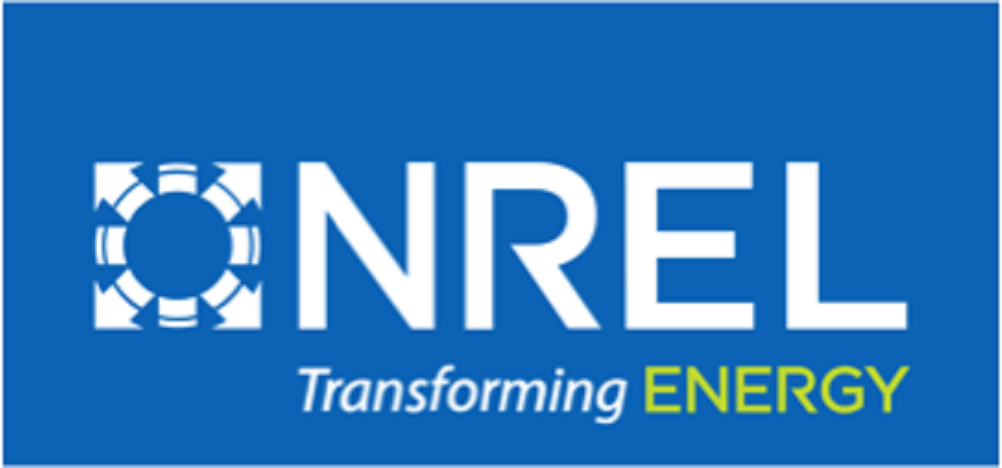NREL: System Advisor Model Update Includes New Data, Improved Model Integration
NREL has released SAM 2020.11.29, the latest version of the System Advisor Model (SAM), free, publicly available modeling software for technical performance simulation and financial analysis of renewable energy projects. The latest version includes updated data downloads and more seamless integration with other NREL energy analysis models.
“With the recent improvements, we’re excited to continue to ensure that complex energy analysis questions can be answered quickly and easily,” said Janine Freeman, NREL lead for the SAM model.
What Can SAM Do?
SAM is designed to help project developers, engineers, policymakers, equipment manufacturers, and researchers make decisions about renewable energy system design and project economics. SAM combines time series weather data and system specs to calculate the electricity production of a potential renewable energy system.
Next, the model uses system cost, compensation, financing, and incentive data in an annual cash flow to calculate levelized cost of energy, net present value, payback period, internal rate of return, and revenue of the potential project.
The software can simulate a variety of projects for a broad range of renewable energy technologies—solar photovoltaic, concentrating solar power, solar water heating, marine energy, wind, geothermal, and biomass power systems—and can compare them with conventional or other types of systems. SAM also houses NREL’s popular PVWatts Model, which estimates the energy production and cost of energy for grid-connected PV systems.
SAM includes a suite of applications for users to access the model in the way that works for them. The desktop application for Windows, macOS, or Linux has a user-friendly interface, extensive documentation, and advanced analysis features. A PDF output function can also create a report of varying detail with technology and financial assumptions to share with project collaborators. For programmers, the software development kit provides access to underlying models, and the source code for SAM is available on GitHub for those who want to contribute their own models, explore the model algorithms, or help fix bugs.
Latest Updates Include Expanded Data, New Functionality
The new release of SAM includes the latest solar resource data downloads from NREL’s National Solar Radiation Database, which includes typical year and annual data in hourly, and sub-hourly time steps, and, for the first time, now covers Europe, Africa, and Asia in addition to the Americas. SAM’s default technology cost and performance data were also updated to align with NREL’s 2020 Annual Technology Baseline, which is released every year to provide a consistent set of assumptions for energy analysis.
The latest version improves functionality, specifically in the battery dispatch for both front-of-meter and behind-the-meter battery storage applications, as well as electricity bill calculations for distributed behind-the-meter financial models.
SAM’s latest release also includes new integrations with other free NREL tools. To calculate sun angles for all solar performance models, NREL’s Solar Position Algorithm is implemented in the new version and includes the photovoltaic “slope-aware” backtracking algorithm. The latest version also integrates NREL’s Land-Based Balance-of-System Systems Engineering ModelPDF to improve wind power plant cost estimation and design, and the utility rate data download from NREL’s OpenEI Utility Rate Database is updated to show all rates for every large utility. Read the complete list of changes on the SAM website.
“We’ve put in a lot of work to continue to improve SAM to help the industry answer emerging energy analysis questions—but as with any software, we know there’s always room for improvement, especially as the industry continues to evolve,” Freeman said. “We encourage users to reach out with any feedback or questions, because SAM is truly designed for the energy community.”

